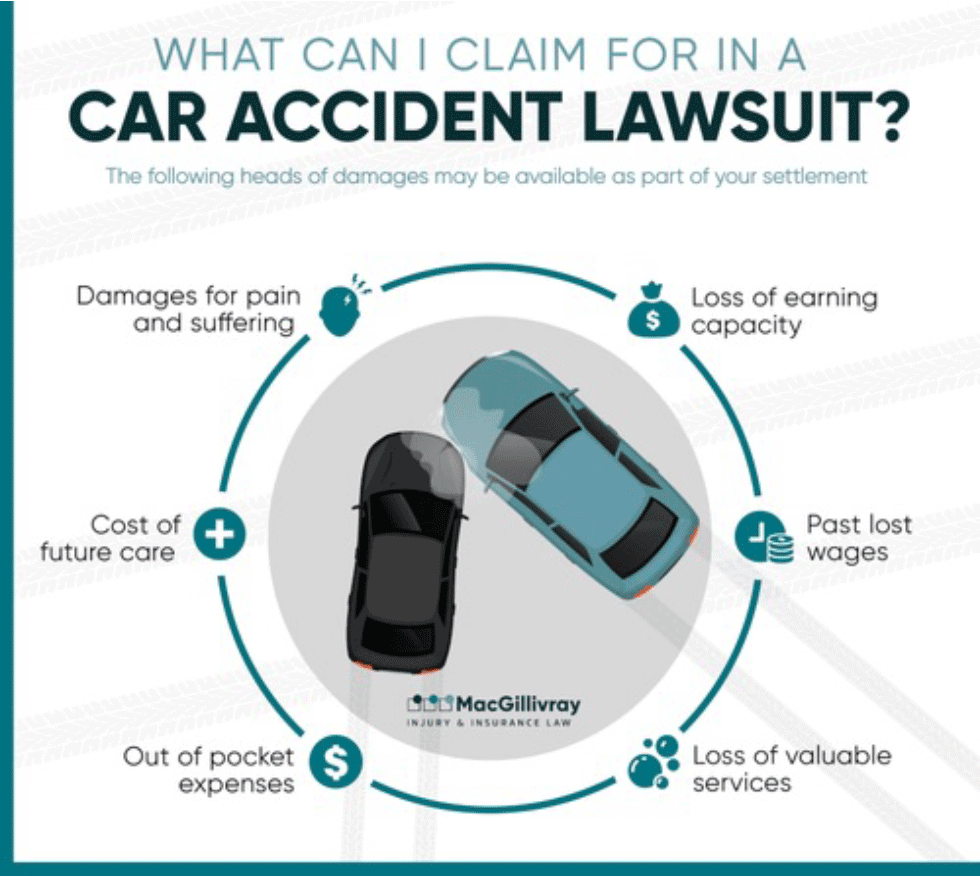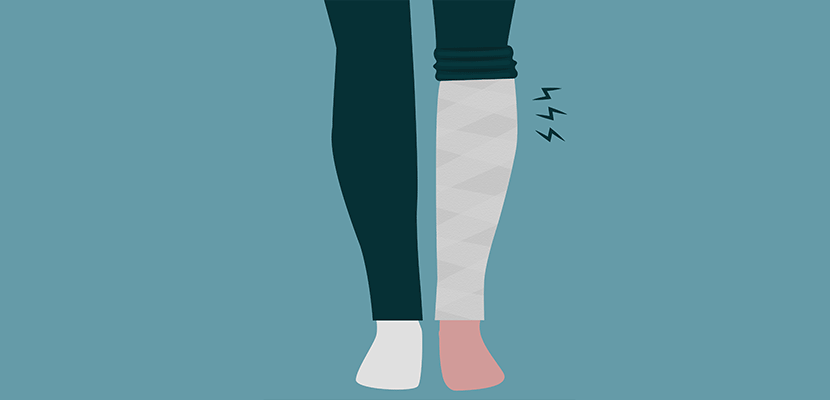Let us know how we can help
Contact UsWhat are “damages”?
A tort is a wrongful act that causes another person harm. Some torts, such as assault or battery, are intentional, while others, like negligence in a car accident, are unintentional. In both cases, the victim of the wrongdoing can recover their losses, or “damages”, by suing the person who harmed them.
When torts cause financial loss, courts examine evidence such as employment or tax records to determine your losses. Damages that don’t result in a direct financial loss are more challenging to determine. These damages, known as ‘general damages’, are awarded for pain, suffering, lost enjoyment of life, or loss of recreation. When assessing general damages, the courts look to past cases or ‘precedents’ for guidance so that people with similar injuries receive similar compensation. This is easier said than done. The courts must look at individual circumstances, including the type of injury, the severity, how long the injured person was affected, and the long-term impact of those injuries. The court also must consider whether the person was healthy and fit before the accident, or whether the accident worsened pre-existing injuries.
For a free valuation of your accident injuries, use our Injury Claim Calculator tool.
What is my personal injury claim worth?
Partner Janus Siebrits explains how our experienced lawyers assess the value of an injury claim.
You can seek compensation for all the losses you suffered as a result of your accident injuries. These losses fall into several categories, called “heads of damages”.

This guide provides examples of amounts that courts have awarded to injury victims for one head of damages, called General Damages. Therefore, the monetary amounts in the provided case law do not accurately reflect the total amount you may be entitled to for your injury. These award numbers are only for the pain and suffering portion of your claim. In order to estimate the other heads of damages, such as a lost income or future medical care costs, we need to collect more information and take a more in-depth look at your circumstances. Our Injury Claim Calculator covers all categories of loss.
1. General damages
General damages compensate you for the pain and suffering caused by the injury. General damages are financial compensation for your reduced enjoyment of life or the inability to do the activities you could before the accident. The courts will look at past cases to ensure consistency in the amounts awarded for similar injuries.
The Supreme Court of Canada has imposed a maximum amount of damages recoverable for pain and suffering ($414,689 in 2022). The upper limit of this amount is reserved for the most serious injuries, such as quadriplegia, severe brain damage, and other catastrophic injuries. However, greater compensation is available for other types of damages described below, such as loss of income and future care costs.
Other heads of damages
The following heads of damages may form part of your compensation. However, they are separate from general damages. They are described below for informational purposes only and are not accounted for in the General Damages Guide. For an accurate claim assessment, contact us today for a free consultation.
2. Loss of housekeeping and valuable services
Loss of housekeeping compensates you for your reduced capacity to perform household chores such as cooking, cleaning, or yard maintenance. Like general damages, loss of housekeeping isn’t a direct economic loss. Housekeeping and home maintenance are services that most individuals perform for themselves on an unpaid basis. The court will compare the chores you could complete before the accident with those you can do after. You can be compensated under this head of damages even if you did not pay someone to help you complete housekeeping chores.
3. Cost of future care
Serious injuries often have long-term repercussions. A person who becomes paralyzed will require mobility tools like a wheelchair and adaptations to their home and vehicle. These costs are significant and ongoing – a paralyzed person will require adaptions whenever they buy a new car. The law recognizes that an injured person shouldn’t pay for adaptations with their own money. The courts can award damages for these expenses, known as cost of future care.
In the event of a catastrophic injury, your lawyer might ask a professional, such as a doctor or occupational therapist, to predict the type of care you require. Less severe injuries also have future care costs. Your healthcare professional may prescribe painkilling injections or massages. Future care covers everything from prescription medicines to physical therapy to support workers. These damages are unique to your case. A personal injury lawyer has the experience to understand the type of support and care you will need – and ensure this is included in your settlement.
4. Past lost wages
Past wage loss compensates you for the income you lost while you could not work because of your injury. To seek this damage, you must have been working at the time of injury. Your own Section B insurance provides a modest sum of approximately $250 per week in lost wage support while you are off work due to injury, but this is usually inadequate. Some people have separate short- and long-term disability insurance through their employer or union. Disability policies will provide more money than Section B, but these are also insufficient to provide 100% of your salary. Any remainder must be recouped from the wrongdoer who caused your injury. When you receive pay from your employer by using your sick or vacation days, this is still considered past wage loss, as those days are unavailable to you for unrelated sickness or leisure. The court will assess past wage loss by looking at your employment and taxation records.
5. Future loss of income or diminished earning capacity
Lost earning capacity compensates you for your inability to earn money in the future. If a carpenter loses their arm, they will have a reduced earning potential because they can’t work as quickly or efficiently. Future earning capacity must account for the possibility of promotions, wage increases, or skills and experience that will make you more marketable and thus eligible for a higher salary. This calculation also involves looking at the number of years you have left in the workforce. The courts will also consider the possibility that the symptoms will dissipate over time and apply a deduction if the evidence warrants this.
Estimating the General Damages portion of your claim value

It is important to recognize that the court engages in a fact-specific assessment of cases. Prior cases are used to show the range of appropriate monetary compensation for injuries similar to yours. Additionally, many people suffer multiple injuries in an accident. To compensate for those losses, a comparison of various general damage awards relating to the different injuries will be required. It is not a simple addition of multiple awards.
Minor injury cap and deductibles
Some provinces have minor injury caps or deductibles for injuries from motor vehicle accidents. A minor injury cap limits the amount of general damages you can claim for pain and suffering and loss of enjoyable activities. It typically applies to whiplash, whiplash associated disorder (WAD), and other soft tissue injuries that do not substantially interfere with work or activities of daily living.
At MacGillivray Law, we will assess the facts of your case and help you achieve a fair resolution. Contact us today for a free consultation.
What type of injury have you suffered?
The following is a list of injuries that may occur as a result of an accident. Each injury is linked to corresponding general damages awards stemming from the existing case law. These links are for information purposes only and do not constitute legal advice. They are therefore not a guaranteed amount of what you may receive.
The Bank of Canada Inflation Calculator is a helpful tool for converting damage awards from past years into the current.

Most Severe Injuries

Head

Senses

Spine







